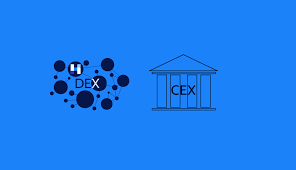Music therapists are finding that the sounds and rhythms of music can calm people with a disability, boost their happiness, and even increase their confidence and communication in social situations.
Therapies manager at Music Beat, Kate Fletcher, runs programs for children and adults with disabilities through community organisations and schools.
She said music therapy was able to help people of all ages accomplish goals by incorporating music that they reacted to into a session.Ms Fletcher said Music Beat’s programs assisted speech development, motor skills, communication, social skills and other developmental areas.
She said each therapist adapted the program to suit the needs and specific goals of each client, in both group and individual sessions.
The goals in music therapy are the same as those in speech therapy and occupational therapy, with each of them working to stimulate the brain through speech and rhythm.
“Music doesn’t have a specific sense in the brain, it lights up all of the brain,” Ms Fletcher said.
“The elements of music help the brain organise the body,” she said.
Ms Fletcher said people with a disability were able to help personalise the programs by choosing the music and setting their own goals.If they like hard core heavy metal then we try and work that in, because that is what they are going to respond and engage with most.”
Ms Fletcher said therapists and clients created their own improvised music using instruments such as drums and shakers, as these created easy and repetitive rhythms for people to engage with.
“Improvised music can give them more opportunities to initiate a music conversation, in a way that they might not be able to initiate a verbal conversations,” Ms Fletcher said.
She said each person responded to music differently, so therapists used different methods depending on the client’s individual needs and responses.
Ms Fletcher said the methods used could include singing, using instruments and dance, all of which helped develop cognitive skills and sensory integration.She said the rhythm, lyrics, harmony, melody and beat of music all helped gain the attention of people with disabilities, keeping them engaged.
“The biggest element is beat; very steady structured beats will usually be able to help the brain concentrate and focus on other things,” Ms Fletcher said.
Music Beat runs several programs aimed at helping with attention span, memory and speech.
Registered music therapist Tania De Brincat said music therapy was “individually stylised for each person” to achieve their personal goals.
Ms De Brincat said she organised activities that could help adults and children in a number of areas, such as their fine motor skills and speech.










No comments:
Post a Comment